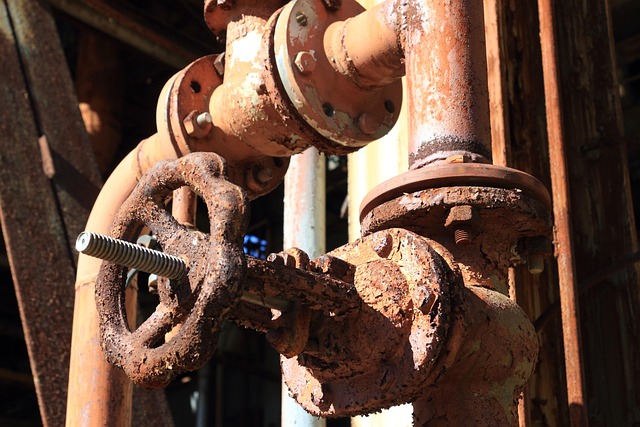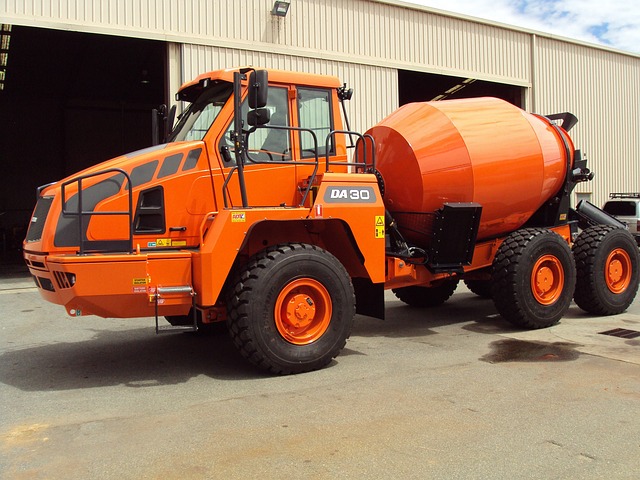The MC306 clamp training unit is a vital tool for Hazmat response teams, offering advanced features like a robust gripping mechanism and realistic simulations to train personnel in managing diverse hazardous scenarios. Through structured steps including PPE selection, planning, risk identification, and protocol adherence, it enhances team preparedness, quick decision-making, and confidence under pressure, ensuring efficient containment strategies during real emergencies.
“Enhance your team’s preparedness with an innovative MC306 clamp training unit designed for dome clamp hazmat scenarios. This comprehensive guide explores critical tools and techniques, from the MC306 clamp’s essential role in hazardous material management to realistic dome clamp simulations in training unit design. Learn effective handling steps, master safety protocols, and prepare for diverse incidents with practical applications.”
- MC306 Clamp: Essential Tools for Hazmat Scenarios
- Training Unit Design: Realistic Dome Clamp Simulations
- Step-by-Step: Effective Hazardous Material Handling
- Safety Protocols: Mastering Emergency Response Techniques
- Practical Applications: Preparing for Diverse Hazmat Incidents
MC306 Clamp: Essential Tools for Hazmat Scenarios
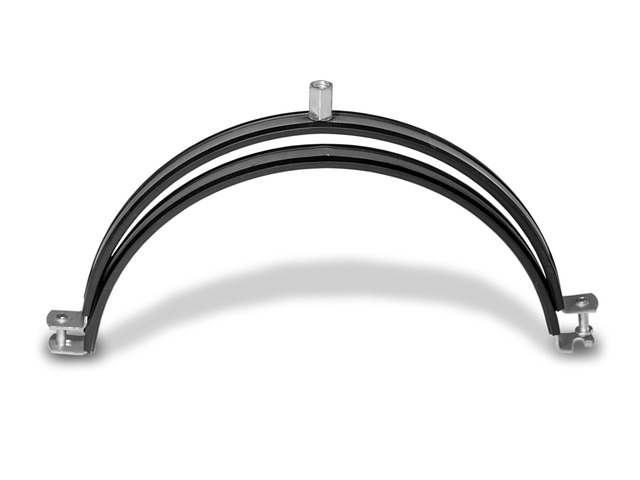
The MC306 Clamp is an indispensable tool in any hazardous materials (Hazmat) response team’s arsenal, serving as a versatile and robust solution for securing and containing various substances. Designed with precision, this clamp plays a pivotal role in managing risky scenarios, ensuring the safety of personnel and minimizing environmental impact. Its advanced features include a powerful gripping mechanism that can handle diverse objects and containers, from rigid pipes to flexible bags, making it suitable for a wide range of Hazmat situations.
The MC306 Clamp’s training unit is a game-changer in preparing responders for real-world challenges. This specialized training equips personnel with the skills to efficiently deploy the clamp under pressure, enhancing their ability to manage and control hazardous substances. By mastering the use of this tool, teams can navigate complex labyrinthine scenarios, ensuring swift and effective containment, which is crucial in minimizing potential risks and damage during Hazmat operations.
Training Unit Design: Realistic Dome Clamp Simulations
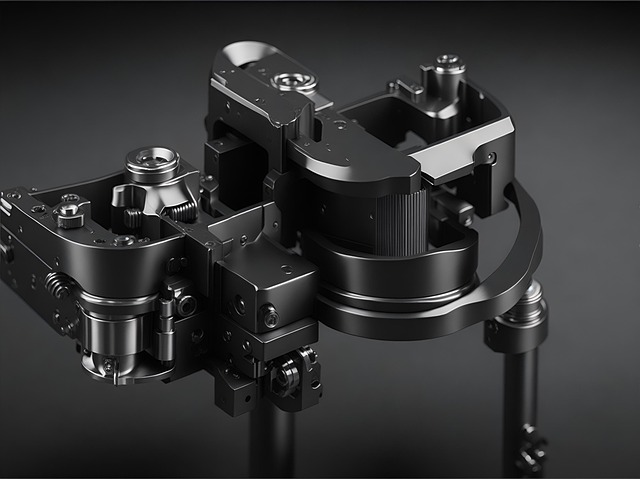
The MC306 clamp training unit is designed with a focus on realism, replicating hazardous scenarios that require dome clamp operations. This advanced training tool offers life-like simulations, ensuring trainees gain practical experience in a controlled environment. The unit’s intricate design includes detailed representations of various materials and substances, enabling users to practice sealing and containment procedures for different hazardous materials.
By immersing trainees in realistic settings, the MC306 clamp training unit prepares them for unexpected challenges encountered in hazmat situations. This hands-on approach allows individuals to develop critical thinking skills, enhance their problem-solving abilities, and build confidence in handling dome clamps during emergencies. Realistic simulations also foster a deeper understanding of safety protocols, ensuring preparedness when facing hazardous material incidents.
Step-by-Step: Effective Hazardous Material Handling
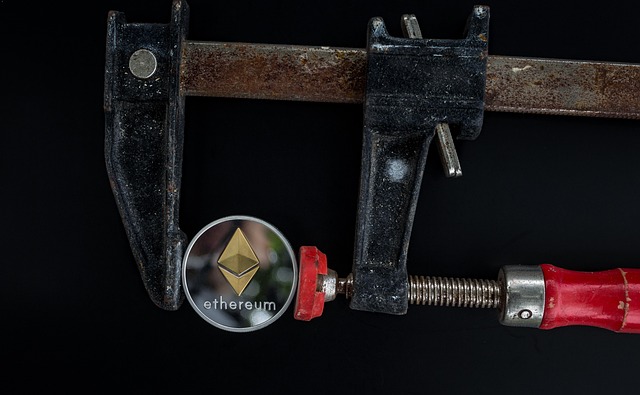
When it comes to handling hazardous materials, proper training is paramount. The MC306 clamp training unit offers a structured approach for professionals to navigate dome clamp scenarios effectively. This step-by-step process begins with personal protective equipment (PPE) selection and inspection, ensuring every technician is equipped for safety. Next, the team engages in detailed planning, analyzing the situation, identifying potential risks, and strategizing containment methods using the unique features of the MC306 clamp.
During the execution phase, clear communication and coordinated actions are key. Technicians must precisely follow protocols while employing the MC306 clamp to secure and isolate hazardous substances. Regular drills and simulations further enhance team preparedness, enabling them to respond swiftly and efficiently in real-world emergencies, minimizing risks for both personnel and the environment.
Safety Protocols: Mastering Emergency Response Techniques
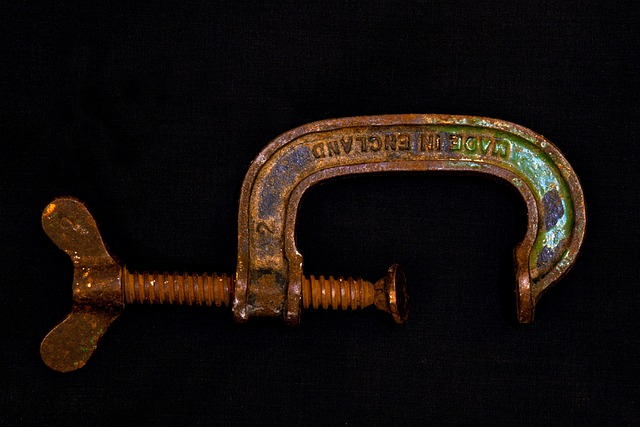
In the realm of hazardous material (hazmat) management, swift and precise emergency response techniques are paramount for ensuring safety and mitigating risks. The MC306 clamp training unit plays a pivotal role in equipping personnel with the necessary skills to handle dome clamp scenarios effectively. This specialized equipment is designed to secure and control hazardous substances, making it crucial for trained professionals to master its operation. By participating in rigorous simulations and practical exercises, workers learn to navigate labyrinthine situations, promptly identifying potential hazards and implementing safety protocols.
The training unit emphasizes the importance of quick decision-making under pressure, as emergency responses often unfold in bustling environments. It fosters a culture of preparedness by enabling personnel to handle various scenarios, from securing leaking containers to managing high-pressure incidents. Through hands-on experience, individuals develop dexterity and confidence in operating the MC306 clamp, ensuring they can react swiftly and efficiently during real-world emergencies.
Practical Applications: Preparing for Diverse Hazmat Incidents

The MC306 Clamp Training Unit offers a practical and immersive approach to preparing for diverse Hazmat incidents. It simulates various real-world scenarios, allowing trainees to gain hands-on experience in securing and managing hazardous materials. This comprehensive training equips professionals with the skills needed to handle a wide range of challenges, from chemical leaks to radiation exposure.
By participating in these exercises, first responders can enhance their decision-making abilities and coordination during critical incidents. The MC306 Clamp Training Unit ensures that teams are ready to quickly deploy effective containment strategies, minimizing risks and protecting both personnel and the environment. This proactive approach to Hazmat training is essential in maintaining a safe and secure response infrastructure.





